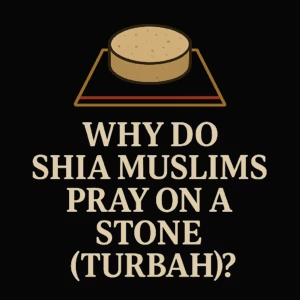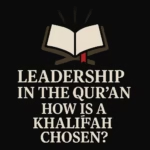
Why Do Shia Muslims Uphold Mutʿah (Temporary Marriage)?
Shia Muslims uphold mutʿah (temporary marriage) because it is explicitly permitted in the Qur’an (4:24), permitted by the Prophet Muhammad ﷺ and practised by his Companions during his lifetime and under Abū Bakr, and only prohibited later by ʿUmar ibn al-Khaṭṭāb. In Shia law, mutʿah remains a valid, transparent, and regulated form of nikāḥ. Explanation Mutʿah is not an innovation but a Qur’anic and Prophetic allowance used by […]









